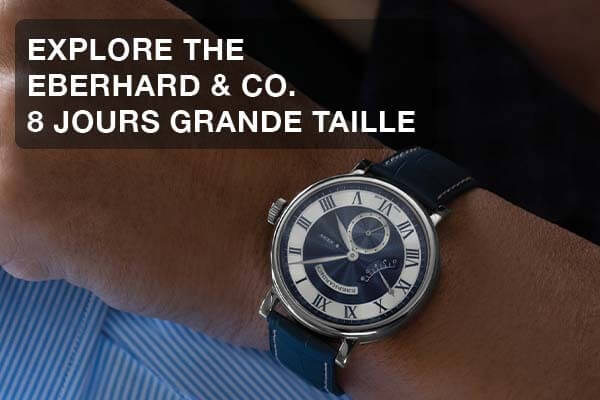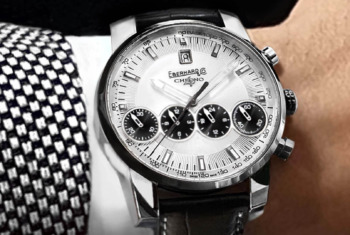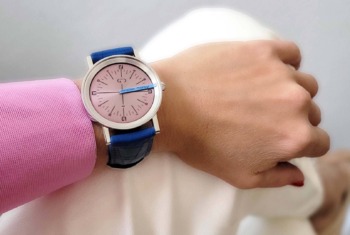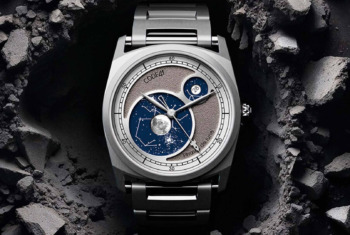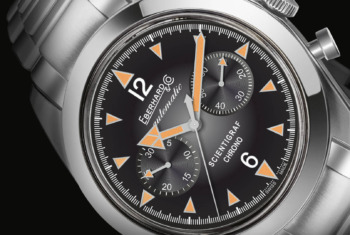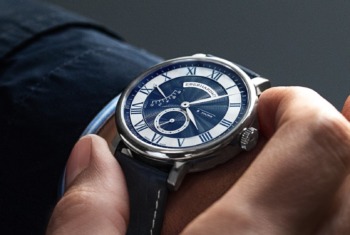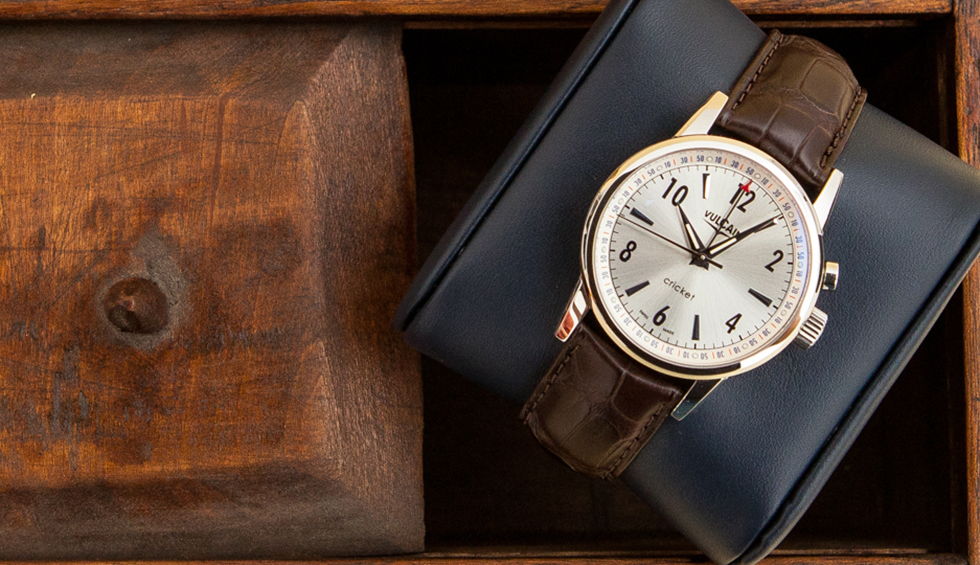
WATCHES 101
No need to beat about the bush: Familiarising with the world of watches can be overwhelming at the beginning. What are the different mechanisms, functions and watch styles? How about the most famous brands, what do they stand for, and what’s their price tag? If you know zero about watches and you have asked yourself questions like that before, this brief guide is quite the read for you. It should help you get familiar with some of the most important terms in the shortest amount of time possible.
Quartz Vs. Mechanical
Generally, one can distinguish between mechanical (hand-wound and automatic) and battery powered, so-called quartz watches. Whereas quartz watches are highly accurate, practical and relatively inexpensive, mechanical watches might be the purist’s choice: Even though their time deviance might be higher, there is no battery used. Instead, everything is mechanical, either wound by hand (hand-wound) or by the motion of the hand through every-day wear (automatic). On most watches either Automatic or Quartz would be indicated, while many watches whose dial indicates neither Automatic nor Quartz are hand wind. Still, not all automatic or quartz watches are marked as such, as the picture showing an automatic watch from Omega and one from Longines illustrates with only the Longines being marked as Automatic. One can also distinguish a mechanical watch from a quartz watch by observing the motion of the second hand. If it’s moving forward smoothly it is a mechanical watch. The second hand of a quartz watch will “jump” from one second to the next.
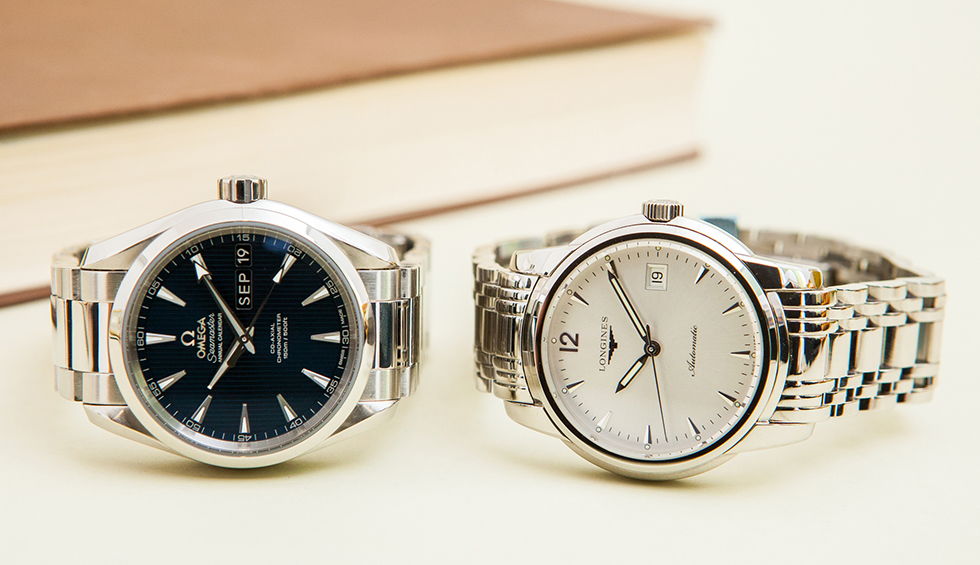
In terms of vertical range, producers are generally divided into so-called manufactures, that (at least partially) develop and produce their own movements, and brands that only use calibers that are sourced from movement producers (mostly from ETA). Even if this distinction is oversimplifying reality (e.g. there are brands that do not produce their own movements, but modify them or add complicated mechanical modules that are built inhouse), the notion manufacture provides some idea of the know-how and craftsmanship of a brand. Rolex, Jaeger-LeCoultre, Patek Philippe, Nomos Glashütte and about a dozen other brands pride themselves in producing their movements solely inhouse.
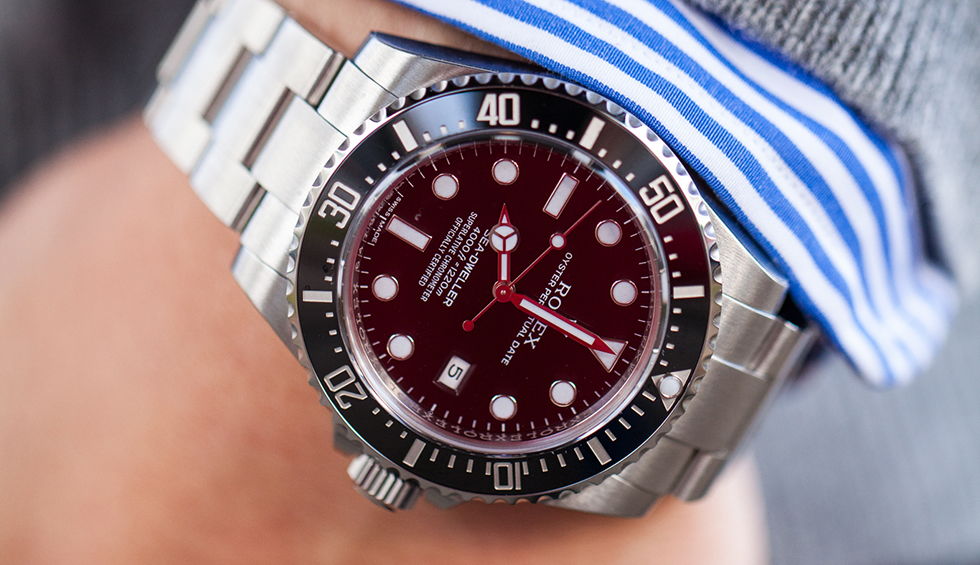
Functions next to Time Measure: When Complications are Desirable
Complications are additional mechanical functions next to the actual time measure. Arguably, the most famous complication is the chronograph function. A chronograph is a stop watch, generally with two or three sub dials, or sub-registers, that indicate the stopped time (with the exception of the stopped second, which is usually shown by the big central second hand). The stop watch function is started and stopped by two pushers that are located at the 2 and the 4 o’clock position.
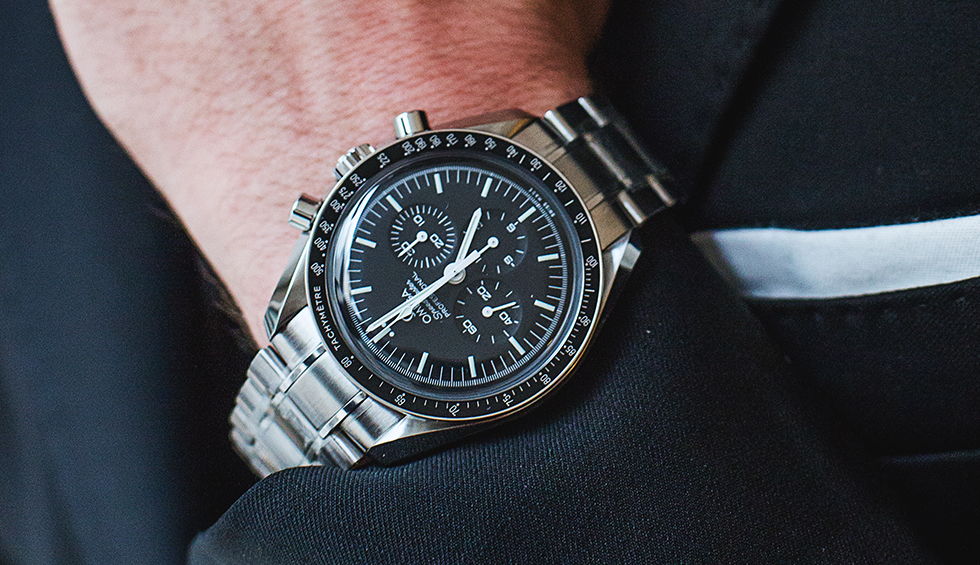
Chronograph is commonly confused with chronometer (The second refers to particularly accurate watches certified by the official Swiss chronometer institute (COSC)).
Another commonly used complication is the date function. Most date watches will always count to 31 regardless of month, so that one will have to reset the date for every month with less than 31 days. Other watches also indicate the week day and the current month. If they do both, they would be referred to as full calendar. Other watches indicate the current moonphase on the dial. Many watches, like this Jaeger-LeCoultre Reverso, combine a full calendar with a moonphase display.
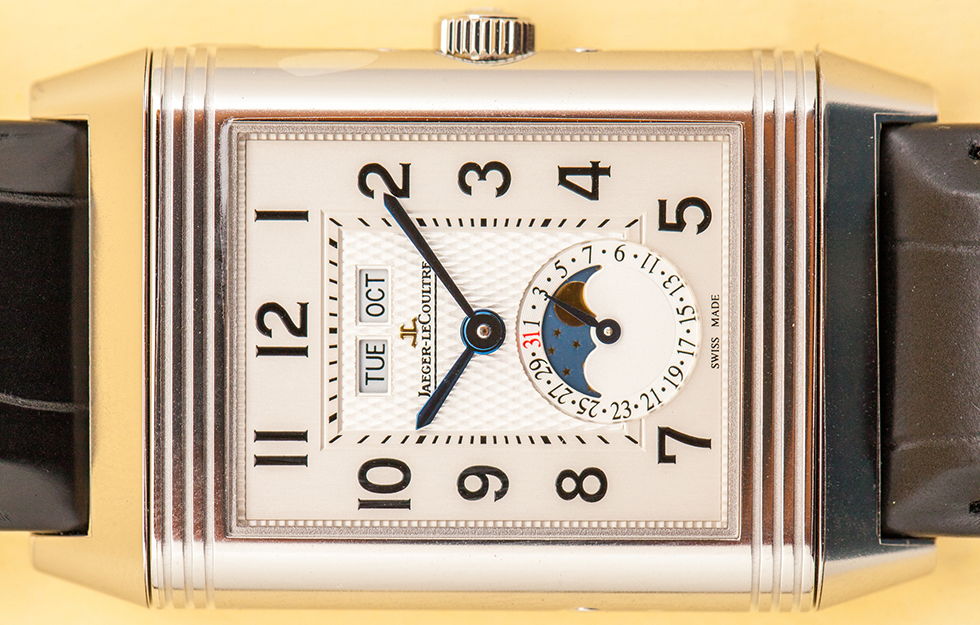
This already sounds quite intricate, especially considering all of this work mechanically. Yet, we are nowhere near the most complicated calendars: Some will only have to be manually reset once a year (annual calendar) or once in four years (4-year calendar). Others will even consider leap days (perpetual calendars). But there is much more than chronographs and calendars. There are watches with striking mechanisms like alarm watches, timepieces that chime melodies and tell you the time through an acoustic signal (repeaters). This Vulcain 50s President’s Watch employs a Cricket caliber, the oldest and one of the most famous alarm movements.

A lot of watches combine a number of complicated functions and are usually referred to as Grand Complication. The tourbillon might be considered the holy grail of watch complications. Basically, a tourbillon is a cage that rotates in order to compensate inaccuracies that are caused by gravity. The main challenge of a tourbillon is to realise a construction that is extremely light, yet robust. Otherwise the delicate mechanics would not provide enough energy for the watch to keep running for a reasonable amount of time (which is usually considered at least one day). As on this Zenith El Primero, a tourbillon is usually displayed through dial cuts in order to integrate its aesthetics to the looks of the watch (at the same time not every cut out reveals a tourbillon).
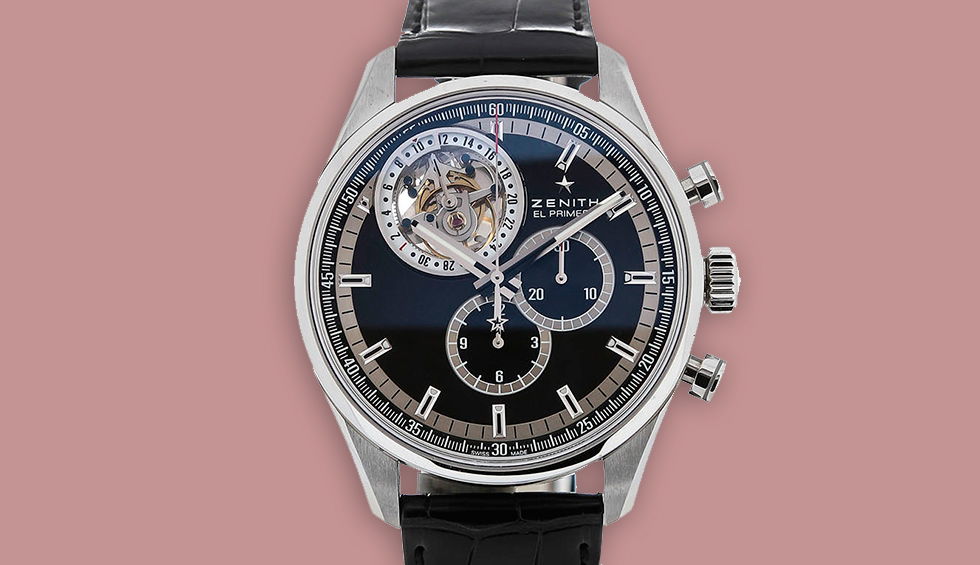
Pilot or Diver? Everyone Has Their Own Style
Even if we are self-titled mechanical revolutionists, we don’t think watches are all about the technical stuff. Quite the contrary. First and foremost watches are about subjective style rather than just metric measures. Questions like how does a watch look and feel on someone’s wrist or how does a watch embody someone’s style and personality are key and decide whether we like a watch or not. There are sportier timepieces like divers or pilots watches and more elegant ones that are also commonly referred to as dresswatches. The second, tend to be more delicate looking and usually are noticeably smaller. Their cases are often made of robust or plated gold and they are usually worn on a thin leather bracelet, like the example shown below, an Omega De Ville with Co-Axial escapement.
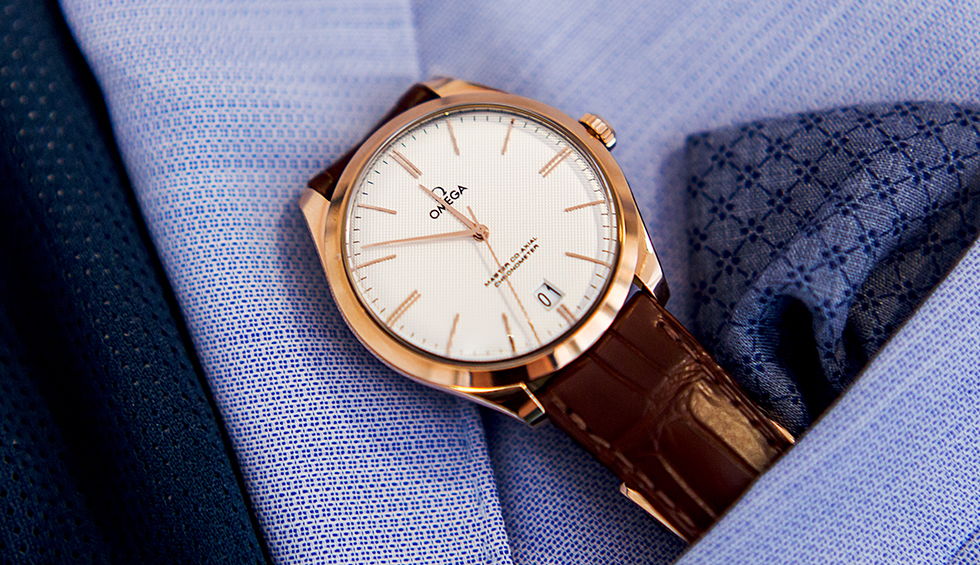
Within the range of more elegant looking watches, particularly Bauhaus designs gain a lot of attention lately. German brands Nomos Glashütte, Stowa or the Max Bill line from Junghans stand for purist and minimalist aesthetics that focus on the essence, rather than losing themselves in details that may be considered redundant from a purist’s point of view.

Sports watches are mostly bigger and more flashy and robust looking. They often feature a chronograph complication, rotating bezels and one or more scales at the edge of the dial or on the bezel. Examples of sportier watches would be divers watches, GMT watches and watches that address the racing theme.
Divers watches feature luminescent hands and indexes and their dials are usually darker in order to warrant great legibility under water. Also they have unidirectional bezels, which are used for stopping the time under water. Needless to say, the most important criteria for a divers watch is sufficient water resistance. Most divers watches start with 150 or 200 meter water proofness. As pointed out in our post about How to Interpret Water Resistance Properly, this doesn’t necessarily mean that one should use them for depths of 150 or 200 meter, as the indication always refers to water resistance under laboratory conditions.
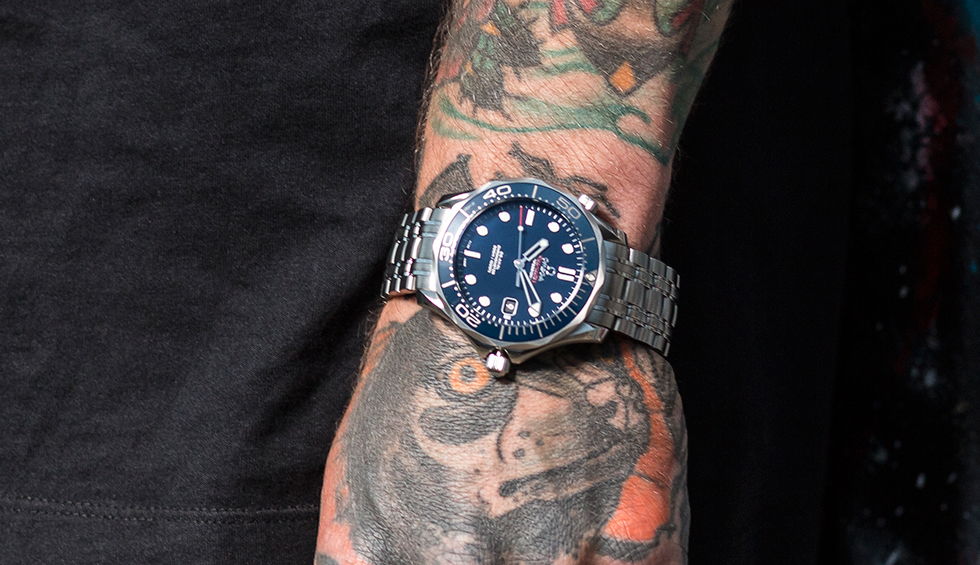
Very much like the GMT watch, the chronograph is a comlication but also represents an entire watch genre. Not only that, but sometimes chronographs are linked to the racing car creating a sub-genre of its own. Examples are TAG Heuer models like the Carrera, Monaco or Silverstone, the Rolex Daytona, as well as the Omega Speedmaster Racing. The TAG Heuer Monaco is an iconic chronograph devoted to the racing theme and also a perfect example of a modern watch with visibly strong heritage references.
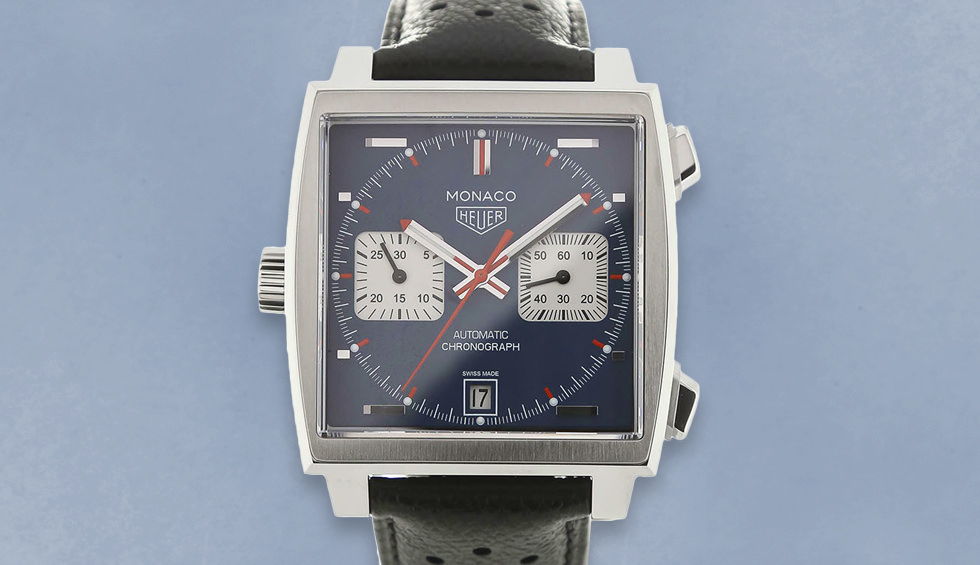
GMT watches feature a second hour hand that can display a second time zone. One circulation takes 24 instead of 12 hours, which is the reason why it is also often referred to as a 24-hour hand. Many GMT watches also feature a bidirectional 24-hour bezel (sometimes with two colours illustrating day and night) which can be used for a third time zone.
Of course there is no clear distinction between elegant and sporty watches. Particularly brands like Rolex (Datejust), Omega (Seamaster Aqua Terra) and TAG Heuer (Carrera Cal. 5) redefine sporty-elegant watches that make great allrounders and can be particularly interesting when you are on the lookout for a watch that makes the perfect accompaniment for a broad variety of occasions.
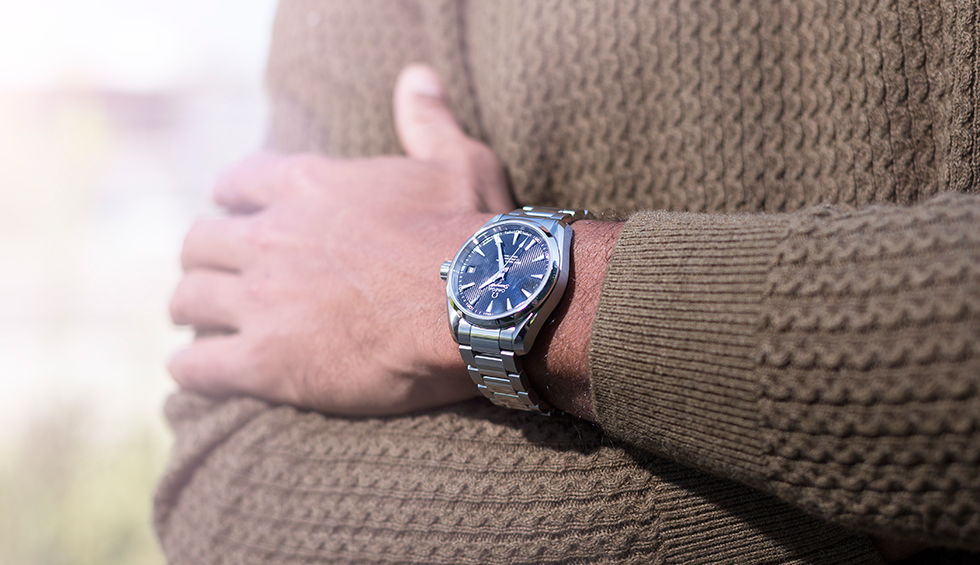
A World Full of Brands
As you might have noticed already, there is much more than just Rolex and Omega. In fact, watches are all about brands and their most iconic models. Most brands put a big effort into carrying their heritage to the future. The epicentre of quality watchmaking is, as you might have figured yourself, Switzerland. However, there are is a broad range of admirable watches from countries like Germany, France, Italy, Great Britain, and others too. If you would like to learn more about the most famous brands and models, we recommend our posts about the Top 10 German watch makers and Top 10 Swiss watch brands as well as the Top 20 most popular watches in the world.



